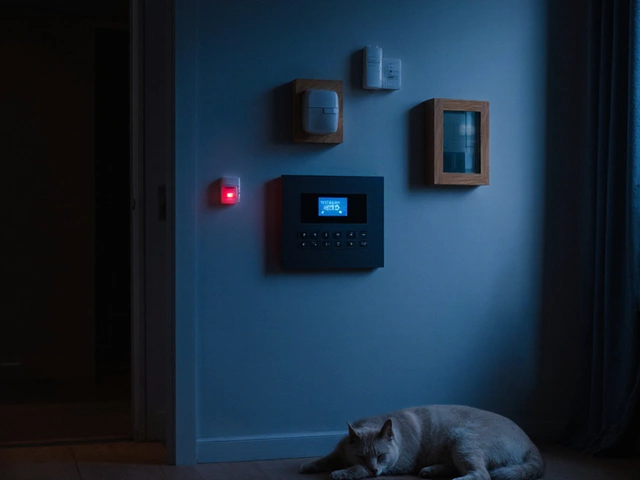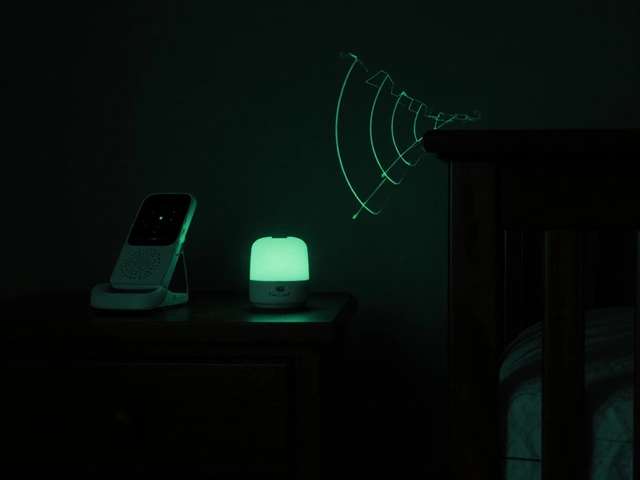Base Station Basics: Your Home Security Hub Explained
When you hear the word “base station” in a security context, think of it as the brain of your alarm system. It’s the box that talks to sensors, cameras, and the monitoring centre, making sure every alert gets the right response. Without a solid base station, even the best cameras or motion sensors can’t do their job properly.
Most modern base stations sit in a discreet spot – a hallway cupboard, a utility room, or even a wall‑mounted case. They connect to the internet, a phone line, or a cellular network, depending on the brand. This connection lets the system send alerts to you and to a professional monitoring service, 24/7.
Why a Good Base Station Matters
A reliable base station means fewer false alarms, faster response times, and peace of mind. It also handles power‑failover, so if the grid goes down, a battery backup keeps the system alive for hours. Some models even let you control lights or locks directly from the same hub, turning a simple alarm into a full‑home automation centre.
Because the base station is the link between your home and the outside world, security experts recommend picking one that offers:
- Dual connectivity (Wi‑Fi + cellular) for redundancy.
- Encryption that meets UK data‑protection standards.
- Simple app integration so you can arm or disarm from your phone.
- Expandable ports for adding extra sensors later.
Choosing the Right Base Station for Your Setup
Start by listing the devices you already own or plan to add. If you have a mix of door/window sensors, motion detectors, and a few cameras, make sure the base station supports the right frequencies – most UK systems use 868 MHz for sensors and 2.4 GHz Wi‑Fi for cameras.
Next, think about monitoring. Some providers bundle a base station with a subscription, while others let you buy the hardware outright and choose a monitoring plan later. If you want total control, go for a standalone base station that works with multiple monitoring services.
Installation is usually a plug‑and‑play job, but a few tips can save headaches:
- Place the unit near a power outlet but out of direct sunlight.
- Avoid thick walls or metal cabinets that could block the signal.
- Test the cellular backup with a call or text before you rely on it.
Finally, check the warranty. A three‑year cover is common, but some brands offer extensions if you stay on their monitoring plan.
Bottom line: the base station is the silent workhorse that keeps every part of your security system talking. Pick one that matches your tech, offers backup connectivity, and fits your budget, and you’ll have a solid foundation for a safer home.




